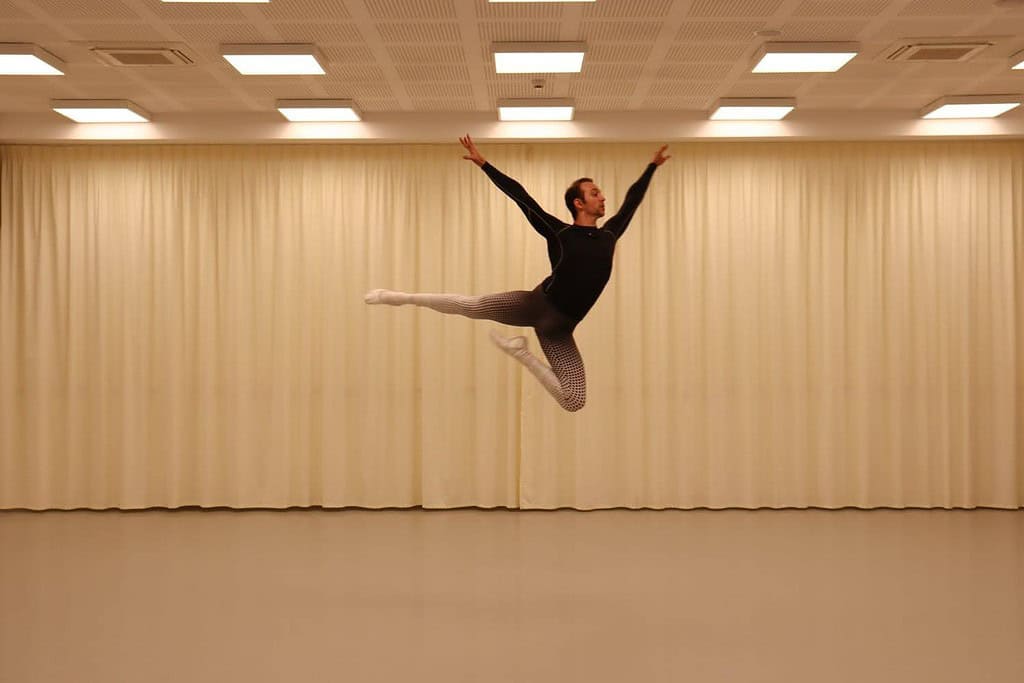5 Easy Ways to Achieve Higher Ballet Jumps in 2025
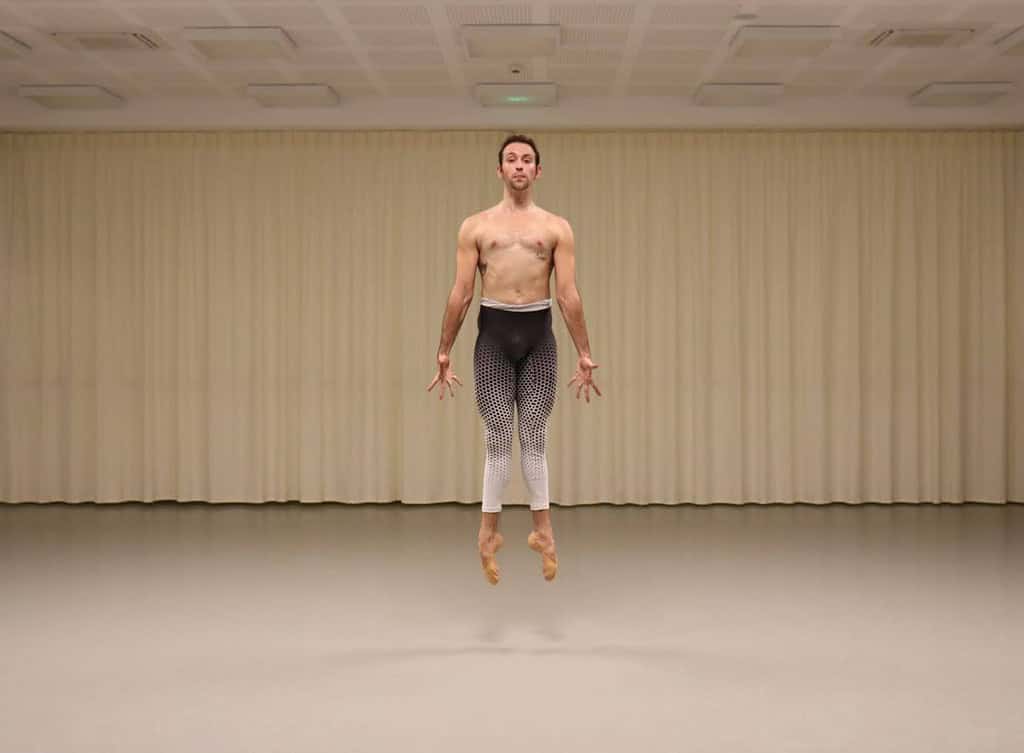
Many dancers strive to improve their ballet jumps, and while some may naturally have a higher jump, there are ways to enhance elevation.
A good jump requires a combination of strength, elasticity, and proper technique to ensure smooth and controlled take-off, suspension, and landing.
While it may feel like an impossible dream, with the right techniques and dedication, it’s entirely within your reach!
In this blog post, I’ll show you five easy ways to achieve higher ballet jumps. Get ready to soar effortlessly through the air!
WHAT ARE BALLET JUMPS?
Ballet jumps refer to any allegro movement in classical ballet that involves lifting the body off the floor.
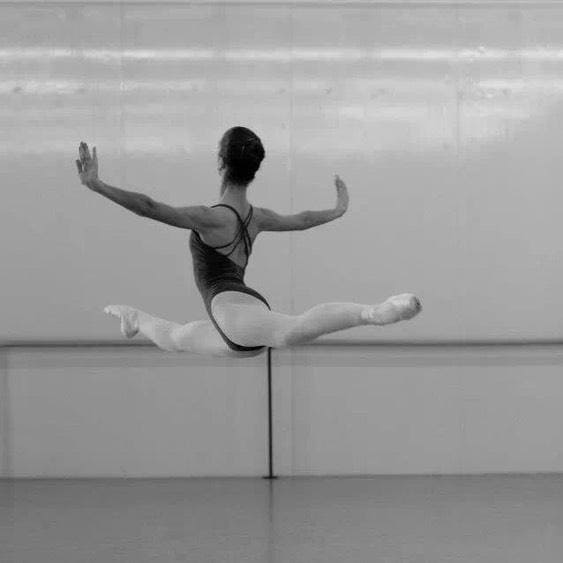
Whether it’s a small jump, like a saute, or a grand allegro jump, like a grand jeté, the fundamental principles remain the same.
To execute a ballet jump successfully, the entire body must work in harmony, with the upper and lower body perfectly synchronised and coordinated.
This coordination is especially important if you’re aiming for maximum height and that beautiful, suspended feeling in the air.
HOW TO ACHIEVE HIGHER BALLET JUMPS?
To achieve high ballet jumps, you need to develop the right muscle groups, particularly:
It’s also important to work on plyometric training (explosive movements to build quick muscle response) and always strive for proper coordination and technique.
COMMON MISTAKES
Here are some common mistakes you should watch out for if you find jumping difficult:
LIFTING THE HEELS
One frequent mistake is lifting the heels too early during the take-off of a jump which can lead to a loss of power and stability.
To achieve a strong, controlled jump, it’s essential to engage the full, especially the intrinsic muscles, using even pressure on the floor to help propel you upwards.
The heels should only lift at the very last moment of the take-off.
If you rely solely on your toes, you’re missing out on a significant amount of power that comes from the whole foot, particularly the heels, which can greatly enhance your elevation.
NOT USING YOUR PLIE
Another common issue is failing to fully utilise the plie before jumping, which can lead to lower, less dynamic jumps.
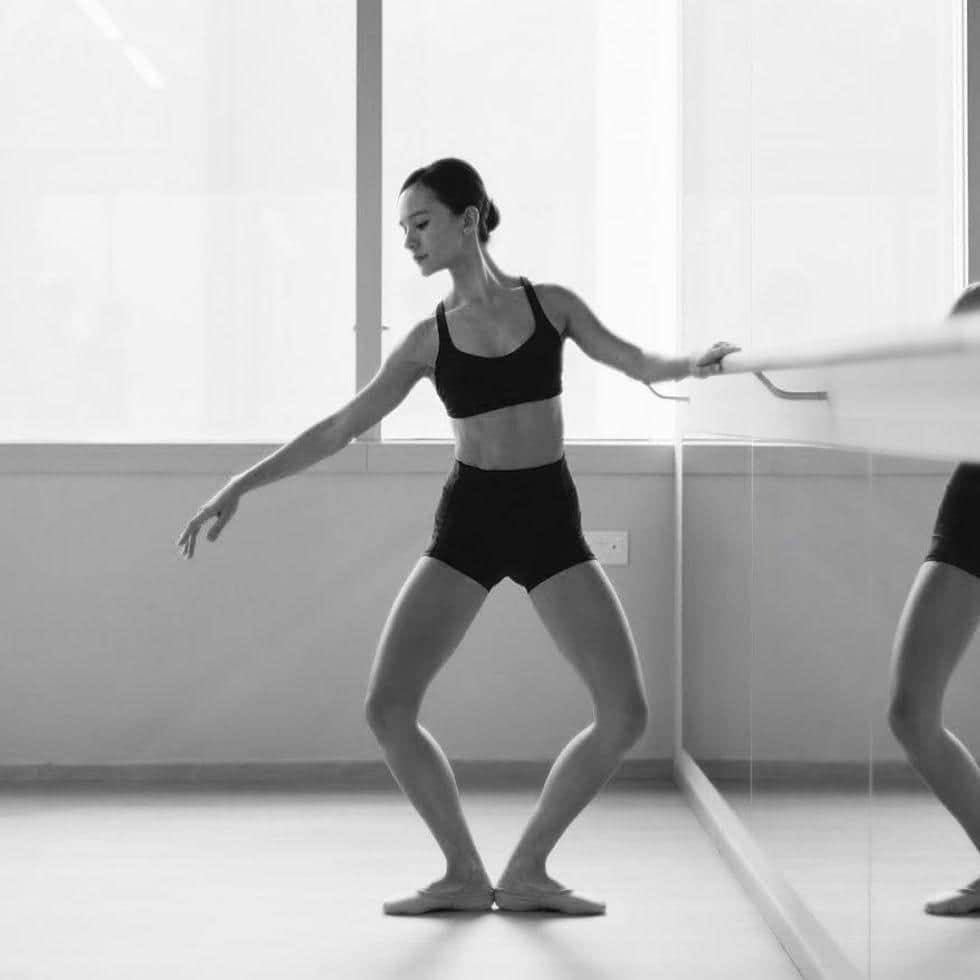
A deep, controlled plie is crucial for generating the necessary force for elevation.
To achieve maximum height, you need to focus on engaging your legs through a complete, smooth plie, rather than a short or sharp one.
When practising at the barre, it’s important to concentrate on deepening your plie, as this habit will greatly benefit you when jumping later in the centre.
COORDINATION
Poor coordination between your arms and legs can lead to imbalance and lower jumps, creating more challenges than solutions.
Coordinating both the upper and lower body is crucial for maintaining control and reaching maximum height.
Believe it or not, your arms play a significant role in helping you jump.
Vaganova training, in particular, emphasises the importance of using the arms and legs together to create more lift and power in jumps.
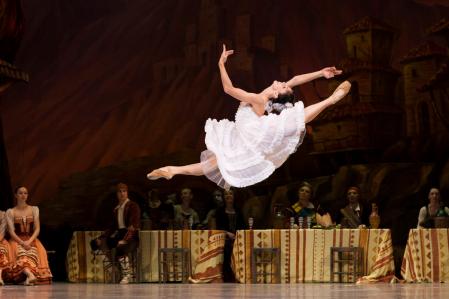
Natalia Osipova is a perfect example of this. Her incredible elevation and control showcase how effective this coordination can be.
TOP 5 METHODS TO ACHIEVE HIGHER BALLET JUMPS
#1 IMPROVE YOUR TECHNIQUE
Jumping is not just about leg power. Proper technique and coordination play an equally important role in achieving higher jumps in ballet.
That’s why professional dancers do class every day.
From the barre, we learn how to use our arms and legs together, understanding the importance of coordination in every movement.
Whether through plies, tendus, or other exercises, each moment in class presents an opportunity to:
RECOMMENDATION
I strongly recommend perfecting your basic jumps and practising in front of a mirror to observe your form.
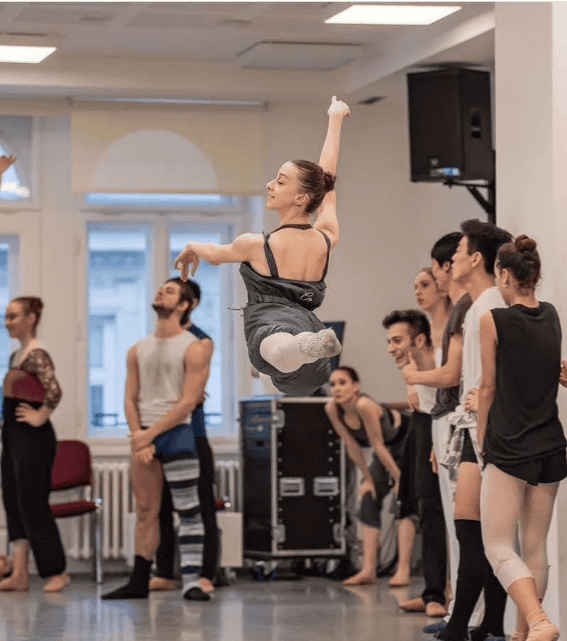
If you notice that your heels are lifting off the ground before you take off from a jump, this is often a sign that:
It’s important to ask yourself these questions and seek answers to improve your technique.
#2 BUILD STRENGTH
Probably a no-brainer, but having strength is crucial for improving the height of your jumps.
Without sufficient muscle power, it becomes difficult to generate the power needed to propel yourself off the floor.
Stronger muscles in your legs, core, and back enable you to push off the ground more effectively and control your landings more seamlessly.
RECOMMENDATION
I recommend incorporating strength training exercises that target your glutes, hamstrings, calves, and core.
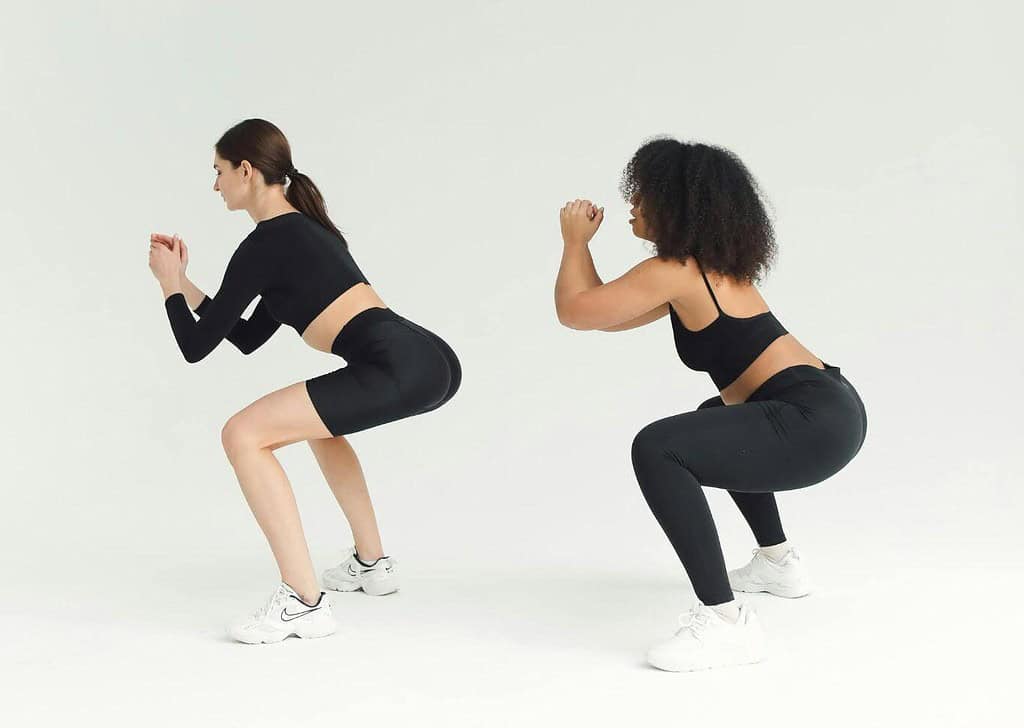
Specifically, exercises such as:
A good indication of whether your glute muscles are strong and properly engaged is to observe your back during jumps.
Do you maintain a long and neutral spine, or is it arched and curved as you take off?
Observe and listen to your body, as it will provide you with valuable insights and answers.
#3 PLYOMETRICS
In addition to strength training, plyometric exercises are a vital component in jump enhancement.
Plyometric training is key to developing explosive power.
RECOMMENDATION
Movements like jump squats, tuck jumps and box jumps can help condition the muscles for explosive energy, which is crucial for achieving height in jumps.
For box jumps, start with lower heights and gradually increase as you build strength and confidence (it can be a little scary and intimidating at the start).
Focus on landing softly to protect your joints while maximising the height of your jumps.
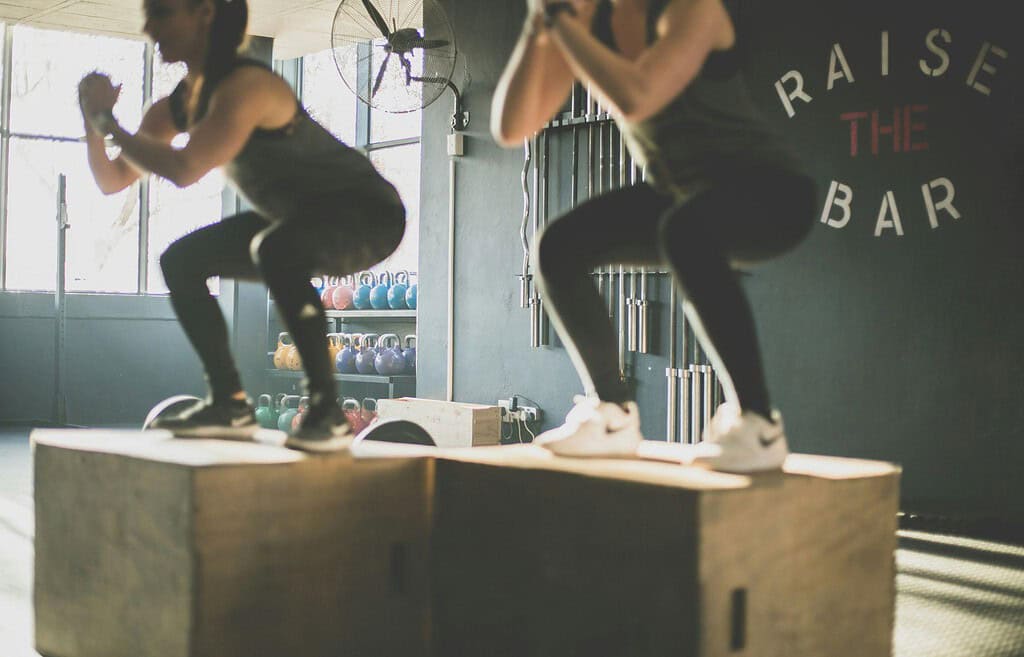
Trust me, with plyometrics, you will begin to see huge improvements.
#4 IMPROVE ELASTICITY
Flexibility also plays a significant role in improving jumps, as an increased range of motion in your hips and ankles can give you longer and smoother movements in the air, as well as a more aesthetically looking position.
RECOMMENDATION
Try to incorporate dynamic stretches into your routine instead of static stretches.
Pay attention to areas that feel particularly tight after jumping, such as the glutes, hamstrings, and calves.
Improving elasticity in these muscles will enhance your overall jump height by allowing for a greater range of motion and in general, more freedom of movement in your jumping position.
I found it especially beneficial to stretch my Achilles tendons; when they were tight. I noticed that I wasn’t utilising my plie to its fullest potential, which often caused my heels to pop off the floor.
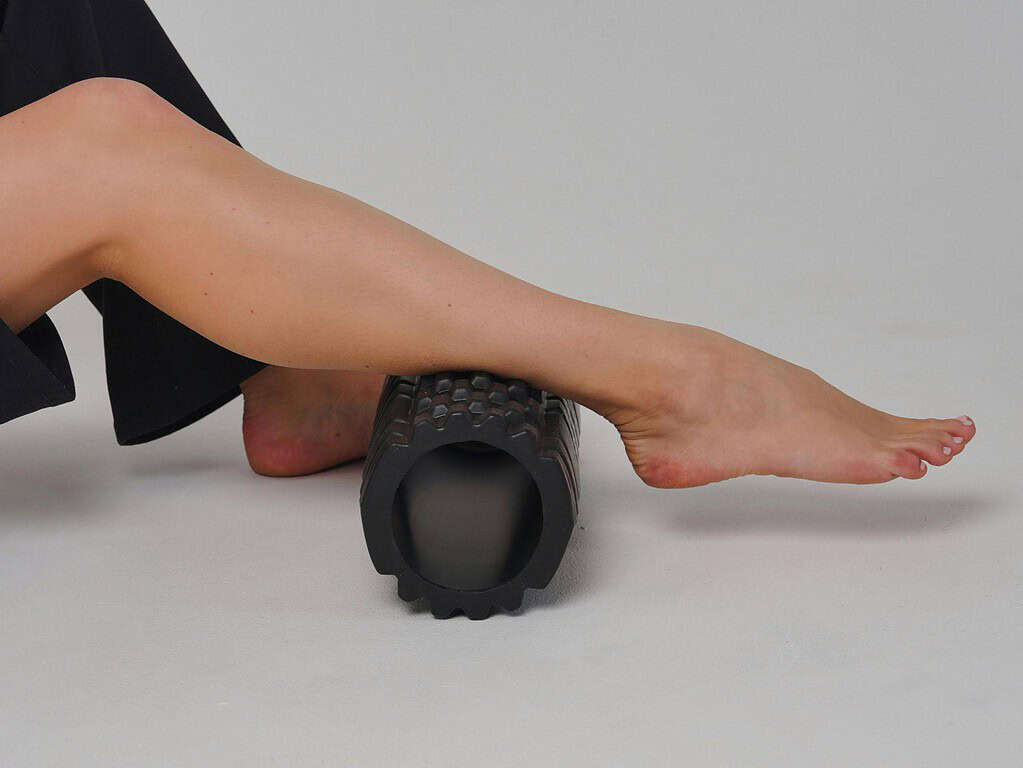
#5 POSTURE AND CORRECT MUSCLE USE
It’s important to focus on maintaining proper posture throughout your jumps.
This will enhance your position and elevation as well as help prevent injuries.
Many dancers often generate force from their back by arching.
This can be extremely dangerous, especially upon landing, as it places excessive pressure on the spine and pelvis.
RECOMMENDATION
Engaging the core is vital for controlling and stabilising your posture, ensuring that your shoulders aren’t doing the jumping for you.
I often observe dancers attempting to jump from their shoulders, but this approach only complicates the movement.
Instead, concentrate on using your legs and core to create power and lift, which will lead to safer and more effective jumps.
Incorporating abdominal exercises, such as planks, along with shoulder exercises like lat pulldowns, can significantly help in maintaining proper posture and balance.
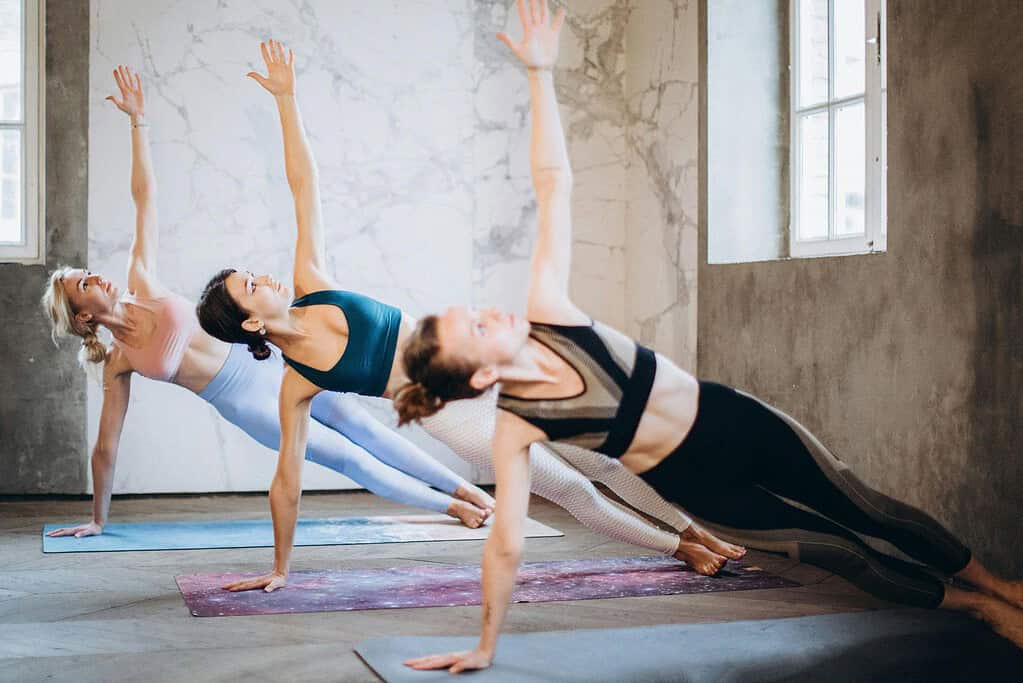
HIGHER BALLET JUMP FAQS
HOW HIGH CAN BALLERINAS JUMP?
While there is no definitive height that applies to all dancers, professional ballerinas often achieve impressive heights in their jumps.
This is especially true during grand allegro movements, with male dancers reaching even greater elevations.
However, what truly matters is not just the height of the jump but also the control, grace, and technique displayed throughout the movement.
IS THERE A DIFFERENCE BETWEEN A LEAP AND A JUMP?
Yes, a jump typically refers to any movement that lifts the body off the ground, while a leap involves a weight transfer from one foot to the other.
For instance, in a jump like a sissonne, a dancer often lands on the same foot or both feet together.
In contrast, during a leap such as a grand jete, a dancer usually pushes off from one leg and lands on the other, often covering a greater distance.
WHAT’S THE BEST EXERCISE FOR IMPROVING MY BALLET JUMP?
The best exercise for improving your ballet jumps is to return to the basics, focussing on fundamental movements such as sautes, petit jetes, and petit assembles.
These steps serve as the foundation and stepping stones for mastering more complex jumps, so it’s essential to execute them correctly.
Classwork provides the perfect opportunity to fine-tune and enhance all aspects of your dancing.
Once you have a solid grasp of these fundamentals, you can complement your training with extra strengthening and conditioning exercises to further improve your results.
WRAP UP
Achieving higher ballet jumps may seem daunting and can often be a long and frustrating process.
However, it all comes down to the right approach, the right tools, and consistent practice.
Remember, every great dancer started where you are now.
Keep pushing yourself, keep practising, and soon you’ll find yourself soaring through the air.
